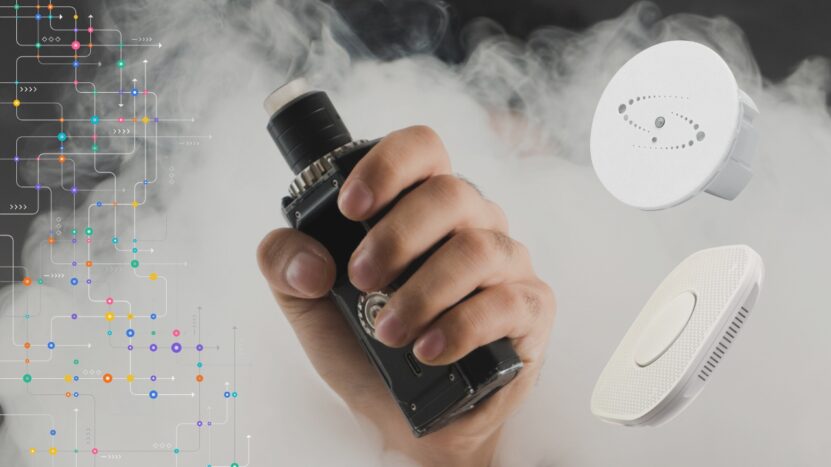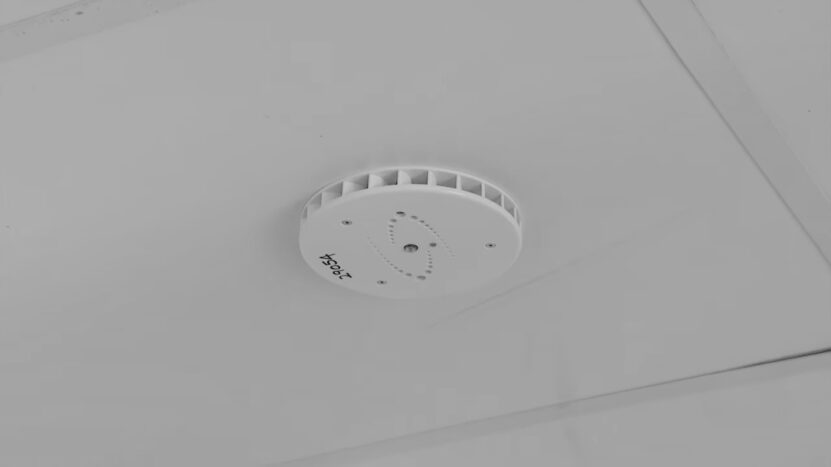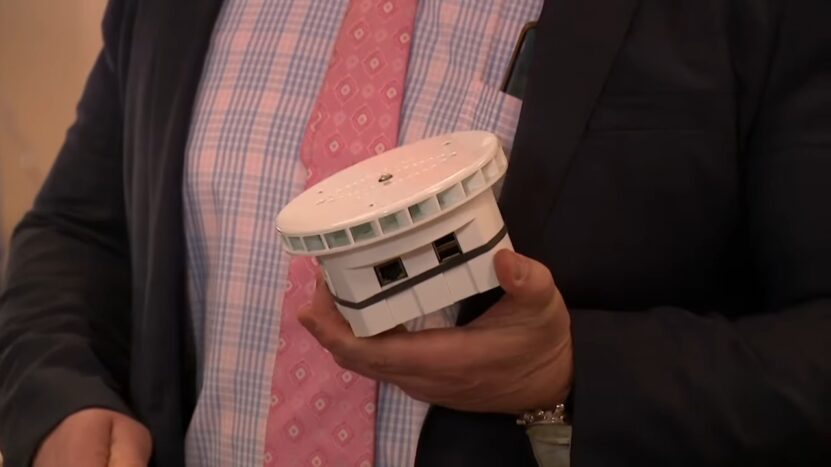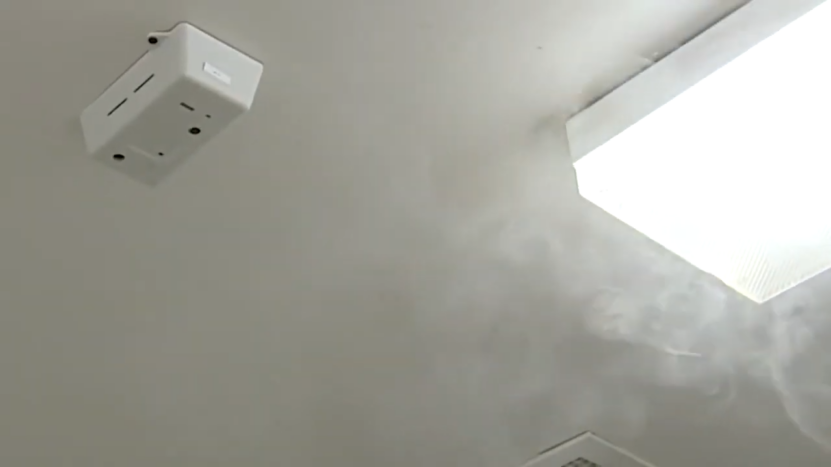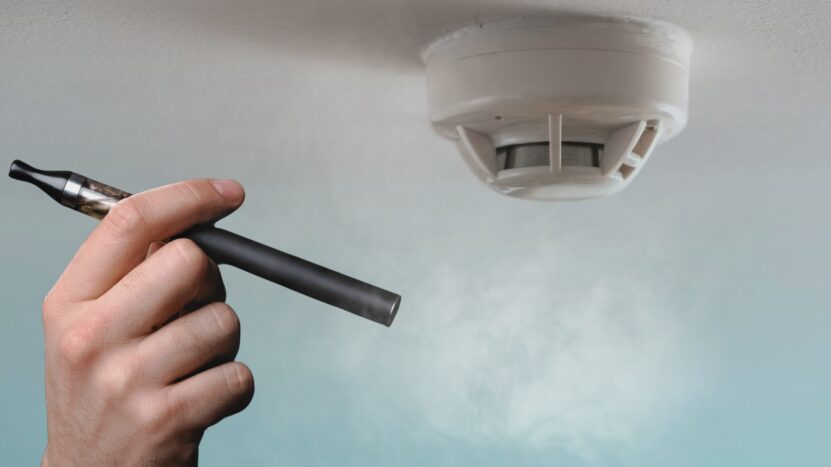
Share Post:
As schools grapple with the rising challenge of vaping among students, technology has stepped up to offer solutions that bolster campus safety. Vape detectors are emerging as a pivotal tool in this fight, employing sophisticated technology to detect and deter vaping within school premises.
These devices, designed to identify the specific chemical signatures of vape smoke, are becoming an integral part of the safety protocols in educational institutions aiming to create a healthier environment for learning. In this article, we’ll delve into the tech behind vape detectors, examining how these devices work and how they are helping keep schools safe.
By understanding the mechanics of detection and the implementation strategies, stakeholders can better appreciate the benefits and limitations of vape detectors as part of comprehensive school safety plans. Let’s uncover the layers of technology behind vape detectors and their role in promoting a safer, healthier educational setting.
Table of Contents
ToggleWhat Is the Technology Behind These Units?
Vape detectors are sophisticated devices that go beyond the capabilities of traditional smoke detectors by specifically identifying the chemical markers of vaping. These devices use sensor technology that is fine-tuned to detect particles and compounds typical in vape aerosols, such as propylene glycol and glycerin—common ingredients in e-liquids.
Unlike smoke detectors that may respond to any type of smoke, vape detectors are designed to react only to signatures that match vaping substances.
The core technology in these detectors involves ionization or photoelectric sensors that can differentiate between smoke particles from cigarettes, burnt materials, and the finer mist produced by vapes.
When vape smoke is detected, the sensors trigger an alert system. This alert can vary from sounding an alarm in the immediate area to sending a silent alert to school administrators, depending on the school’s policy and the system setup.
Moreover, some advanced models of vape detectors are equipped with additional sensors to monitor air quality changes and detect increased levels of carbon dioxide, which can indicate the presence of multiple individuals in spaces like bathrooms or locker rooms where vaping incidents are more likely to occur. This multi-faceted approach allows for more accurate detection and fewer false alarms, enhancing the reliability of the system.
What Is the Implementation and Integration Process?
Integrating vape detectors into school safety systems requires strategic planning. Schools must decide on optimal locations for installation, which often include restrooms, locker rooms, and other private areas where students may attempt to vape undetected. The placement must be covert enough to ensure that the devices are not easily tampered with, yet comprehensive enough to cover areas most at risk.
Once installed, as you can see when if learn more, the vape detectors are typically integrated into the school’s broader security system, which may include CCTV cameras and other monitoring tools.
This integration allows for a coordinated response from school administrators whenever an alert is triggered. Schools can configure their systems to notify specific personnel via mobile alerts or computer notifications, enabling swift action to address the detected vaping event.
How Do They Enhance School Safety?
The presence of vape detectors serves multiple roles in enhancing school safety. Primarily, they act as a deterrent, significantly reducing the likelihood of students vaping on school grounds due to the increased risk of detection and consequent disciplinary actions. This contributes to a healthier school environment by limiting exposure to vape aerosols, which can be harmful to both users and bystanders.
Additionally, the data collected by these detectors can provide valuable insights into vaping trends within the school, helping administrators understand the extent of the issue and tailor their health education and prevention programs more effectively. This data-driven approach allows schools to focus their resources and interventions where they are most needed, potentially reducing vaping incidents over time.
By leveraging the technology of vape detectors, schools are better equipped to enforce no-vaping policies and protect the health and well-being of their students. These devices are not just tools for compliance, but components of a broader strategy aimed at fostering a safe and conducive learning environment.
What Are Some of The Challenges You May Face?
While vape detectors are a promising tool for maintaining a safe school environment, they also present challenges and limitations that must be considered. One of the primary concerns is privacy.
The installation of detectors, especially in sensitive areas like restrooms, raises questions about student privacy and the balance between safety and personal rights. Schools must navigate these concerns carefully, ensuring compliance with legal standards and maintaining an open dialogue with the school community to address any issues that arise.
Additionally, the effectiveness of vape detectors can be influenced by their sensitivity and specificity. False alarms can occur if the detectors are too sensitive, reacting to other aerosols or mists that are not related to vaping.
Conversely, detectors that are not sensitive enough may fail to catch all instances of vaping, undermining their purpose. Calibration and regular maintenance are essential to ensure that the detectors function accurately and reliably over time.
What Should We Expect in The Future?
As technology evolves, so too will the capabilities of vape detectors. Future developments may include improved algorithms that can more accurately differentiate between vape smoke and other types of aerosols, reducing false positives and enhancing the reliability of detections.
Additionally, advancements in network integration could allow vape detectors to communicate more seamlessly with other school security systems, providing a more coordinated response to incidents.
Schools may also explore the use of mobile applications or dashboards that provide real-time analytics on vaping incidents, offering administrators greater insights into the effectiveness of their prevention strategies and allowing for real-time adjustments.
As schools enhance their technological infrastructure, they must also ensure robust cybersecurity measures, including firewalls, to safeguard sensitive data and prevent unauthorized access to networks.
Vape detectors represent a valuable tool in the arsenal of school safety measures, offering a technological solution to a modern challenge. However, their implementation should be thoughtful and balanced, considering both effectiveness and ethical implications.
By integrating these devices with comprehensive educational strategies and respecting student privacy, schools can leverage vape detectors not just as a deterrent, but as part of a broader commitment to student health and safety. This multifaceted approach will be crucial in shaping safe and supportive educational environments where students can thrive free from the risks associated with vaping.
Related Posts:
- Top 5 Most Popular Online IQ Tests – and How…
- How Leadership and Technology Work Together to Drive…
- Total Number of High Schools in the U.S. (2025 Update)
- How to Choose the Right Online Learning Platform for Schools
- How Schools Can Create Their Own Educational Videos…
- 7 Best Mind Mapping Tools for Teachers and Students


